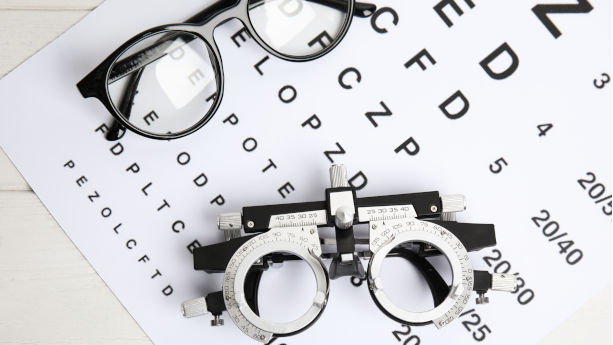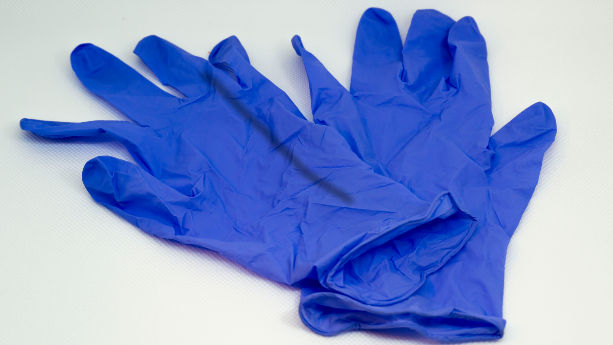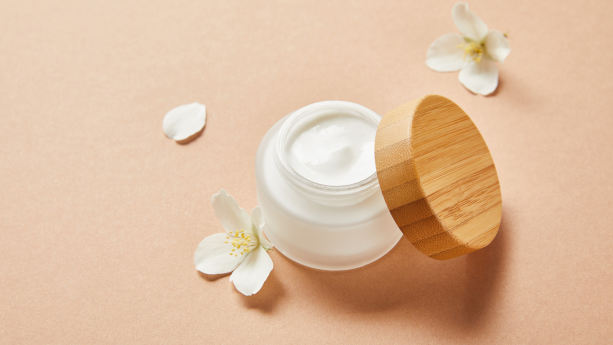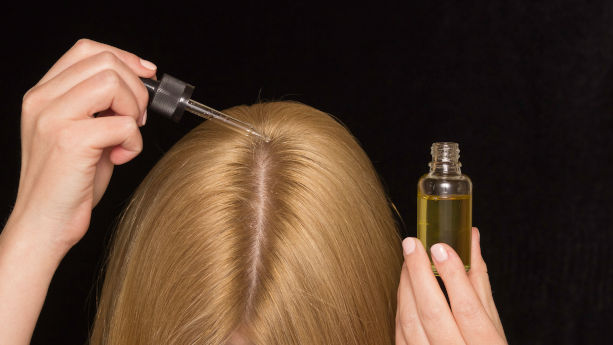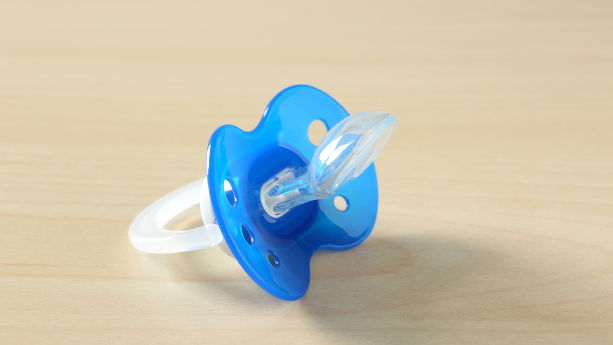
The Digital Product Passport is intended to replace the Declaration of Conformity for at least a number of product categories in the coming years. In this guide, we explain what the Digital Product Passport is, what to include, and how to obtain one – with Article 17 of the Toy Safety Regulation draft as our source.
However, keep in mind that this regulation is not final, and only relevant for toys. The exact requirements and processes will likely differ for other products.
Continue reading What is the EU Digital Product Passport?


















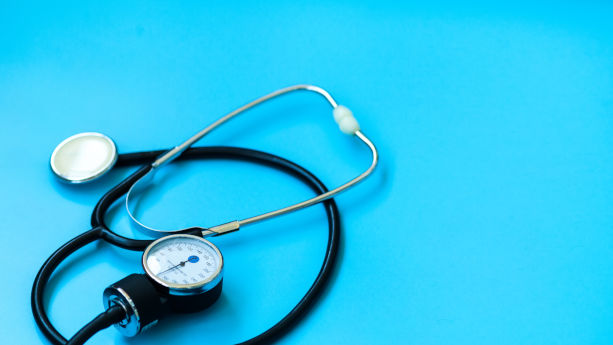 The Medical Devices Regulation sets requirements according to device class. More specifically, medical devices are defined as class I, IIa, IIb, or III. In turn, this determines certain requirements, and which conformity assessment procedure the manufacturer must follow.
The Medical Devices Regulation sets requirements according to device class. More specifically, medical devices are defined as class I, IIa, IIb, or III. In turn, this determines certain requirements, and which conformity assessment procedure the manufacturer must follow.